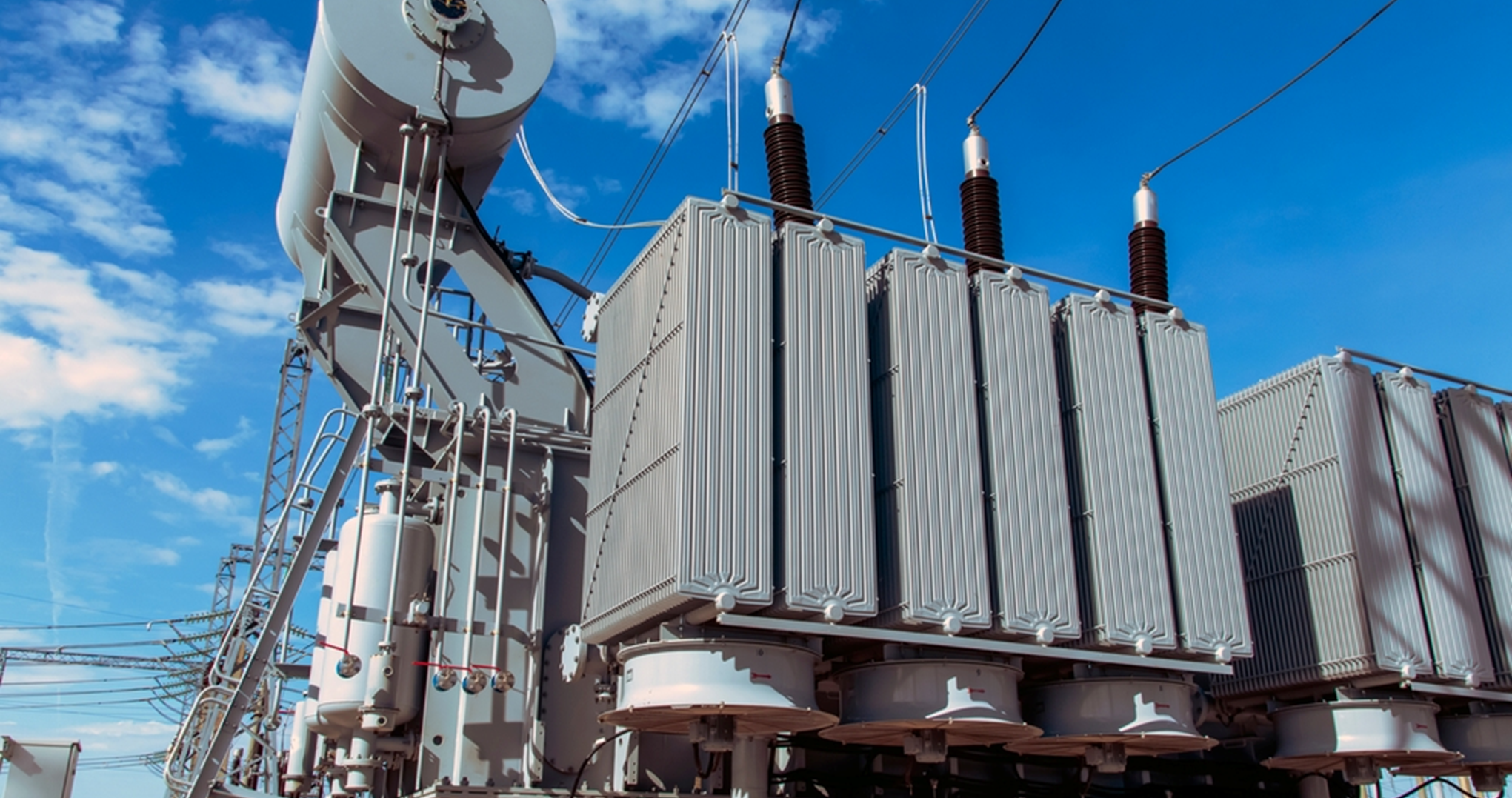Our recommendations
Last Update
06 May 2025
India’s Green Hydrogen Ambition Faces Global Reality Check: A Comparative Analysis by Eninrac Consulting
India’s National Green Hydrogen Mission (NGHM), backed by a ₹19,744 Cr (~$2.4 billion) commitment, aims to position the country as a global green hydrogen powerhouse. However, a new analysis by Eninrac Consulting reveals that India’s mission, though ambitious, lags significantly in scale and competitiveness when compared to global leaders such as the United States, European Union, Gulf nations, and China.
Key Findings:
- Funding Gap: India’s financial commitment is nearly 5x lower than the US and 20x lower than Gulf nations.
- Cost Competitiveness: India’s green hydrogen cost of $1.5–2.0/kg is nearly double that of China and Saudi Arabia (<$1/kg).
- Subsidy Disparity: India’s support of $0.3–0.5/kg is overshadowed by the US ($3/kg) and EU (~$4/kg).
- Export Infrastructure: India trails in securing long-term offtake deals and lacks dedicated hydrogen export facilities.
Despite having one of the world’s lowest renewable energy costs, India’s heavy dependence on imported electrolyzers and limited policy depth may restrain its global competitiveness.
Path Forward:
To truly compete by 2030, India must scale funding to $10B, promote domestic electrolyzer manufacturing, strengthen port infrastructure, and aggressively pursue global offtake agreements.
Industry Leaders Stepping Up:
Companies like Reliance, Adani, IOCL, NTPC, L&T, GAIL, JSW, and Tata Steel have committed over ₹2 lakh crore in green hydrogen projects, signaling strong industrial backing.
For detailed updates and insights, visit: Omnicore
Do you want to seek Eninrac assistance in helping you resolve some critical business issues? Engage with us and reach out to our experts by using the Request for Proposal (RFP) form.
BEST VISION IS INSIGHT
Combine market knowledge and your skill to contribute value for end consumers

Transformer Sales Surge: ₹75,000 Crore Opportunity Ahead

Solar Parks Development Status in India

EU Solar Market 2024: Utility- Scale Resilience Amidst A Slumping Rooftop
Get started with
EI Market personalised demo
Complete the form to get in touch with our sales team to see our Visionboard platform in action. We'll show you how you can use eninrac to build a culture of action of consistently hunting down and eliminating poor market research expriences across your companies line of business


